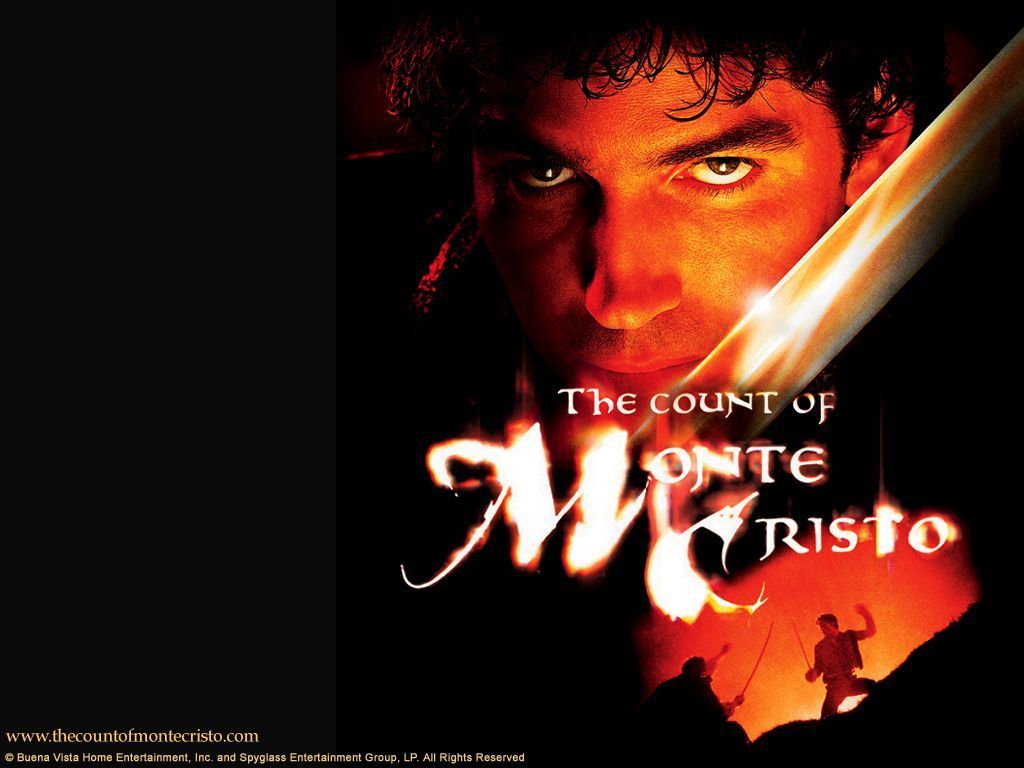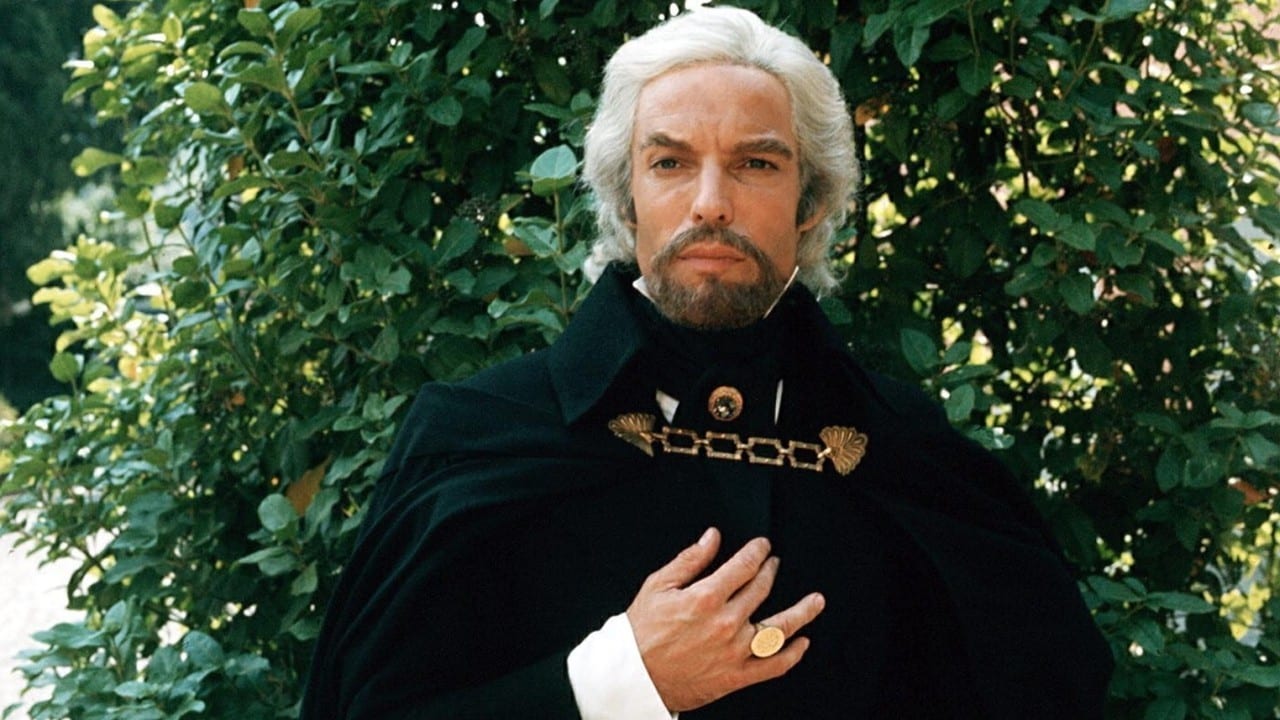

The Count believed, after his release from prison, that he could never love again-yet his burgeoning relationships with Haydee, young Morrel, and Valentine point to a new place for love and redemption in his changed, post-prison life.Īfter Fernand’s suicide, and the Count’s realization that his desire for pure vengeance has caused him to misunderstand the relationship between justice and God’s will, the Count meets with Mercedes in Marseille, and realizes that he loves her now, but in a new way. And although he is at first only fascinated by young Morrel’s positition in French society, and later by his betrothal to Valentine, Villefort’s daughter, he comes to love and care for these two on their own terms, as people important to him in his new life. Although he initially purchases Haydee as his “slave” because she is the daughter of the Ali Pasha, and thus a source of information about Fernand’s treacheries in the Greek wars, he comes to fall in love with Haydee, witnessing her devotion to him, and the joy and care with which she lives in his home. But the Count, in his life as an “avenging angel,” does indeed form these relationships. The Count’s study of the world’s mechanisms of revenge, which he explains to Albert de Morcerf and his friend Franz during their time together at Roman carnival, becomes more important to the Count than the forging of new relationships of love and care. Dantes’ urge for revenge keeps him from seeing love as an avenue for personal redemption. But these aims, motivated as they are by love and devotion to the most important people in his life prior to prison, are overshadowed by his desire to seek out Caderousse and test him, and to punish and publicly humiliate Danglars, Fernand, and Villefort, whom he views as his mortal enemies. On his release from prison, Dantes, disguised as the Count and Sinbad the Sailor, is able to visit the room where his father lived, to find Mercedes in Paris, and to relieve a substantial banking debt of Old Morrel’s. But this desire occludes Dantes’, and then the Count’s, loving devotion to Mercedes, Old Dantes, Old Morrel, and especially the Abbe Faria, whose help and teachings in prison save Dantes’s life, allow him to learn the languages and philosophies of the world, and grant him access to the treasures of Monte Cristo. It is Fernand’s loving devotion to Mercedes that prompts him to go along with the treacherous plot that allows him to eventually marry her and move with her to Paris.ĭuring his time in prison, Dantes convinces himself that his purpose should be to exact revenge on those who have wronged him. And love, Dumas’s central indicator of happiness, is not exclusive to Dantes, either. In this sense, Dumas understands Dantes’ loving relationships to his father, Mercedes, and Old Morrel as standing in for all the happiness that might have been his, had he not had the misfortune to run afoul of the jealous and cowardly Danglars, Caderousse, Villefort, and Fernand. Instead, Dantes’ life is only redeemed once he accepts romantic love from Haydee, a more platonic and friendly love for Mercedes, and a familial love with young Morrel and his intended, Valentine.ĭantes loses a great deal in being wrongfully imprisoned-his freedom of movement, his career-but most devastatingly, he also loses, for a time, the loving bonds that tie him to others.

After escaping from the prison at the Chateau D’If, Dantes, as the Count of Monte Cristo, spends years exacting revenge on those who have betrayed him, but this does not return to him the happy life that was once in his grasp. Dantes is also a dutiful son to his loving father, Old Dantes, and Dantes recognizes, too, that his relationship to Old Morrel, the owner of the vessel on which he sails, is one of paternal and loving devotion.

At the beginning of the novel, Dantes is about to marry his love, Mercedes, but the jealousy of those around him leads him to be falsely imprisoned on his betrothal day, which takes away his young life and thwarts his romantic fulfillment.

The Count of Monte Cristo is a story of revenge and redemption, but Dumas presents both revenge and redemption as being motivated by love.


 0 kommentar(er)
0 kommentar(er)
